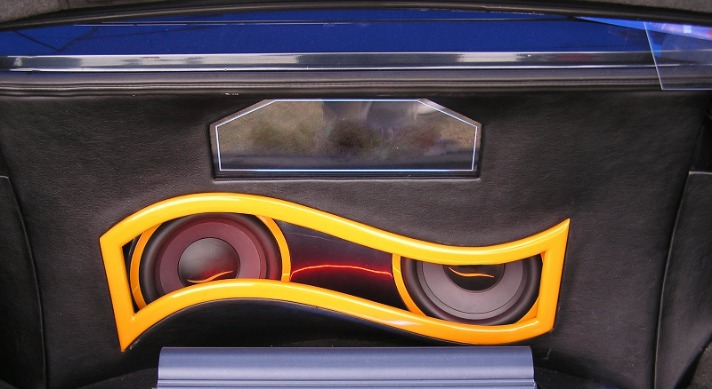There’s a rising current in contemporary audio culture where oceanic textures, bioluminescent visuals, and mythic storytelling converge. It’s a space where producers sculpt tide-washed synths and foghorn bass, vocalists braid brine and breath, and designers saturate canvases in deep-sea gradients. This is a living lexicon of sound and image that feels both ancient and ultramodern.
What defines the sirenic soundscape
- Harmonic swells that mimic tidal motion, cresting then receding with purposeful restraint.
- Fluid percussive design—soft clacks, kelp-rustle shakers, and rimshots that echo on wet stone.
- Vocals processed like light through water, refracted and shimmering rather than overpowering.
- Field-recorded details: gull calls, buoy bells, pier creaks, hydrophone murmurs.
- Mix aesthetics that prioritize headroom, air, and the sensation of depth over sheer loudness.
In this ecosystem, the marketplace of ideas thrives: collaboration over competition, worldbuilding over one-off singles, and long-form narratives that unfold like a shoreline after stormbreak.
Visual identity: the chroma of the deep
Palette choices often orbit the spectral chill of Siren blue, offset by nacreous neutrals and abyssal blacks. Typography leans fluid—ligatures that flow, letterforms with softened terminals—mirroring hydrodynamics. Motion graphics favor slow parallax and particulate drift, creating the sensation of suspended time.
Where currents gather
Community forms at the confluence of platforms and practice. You’ll see producers tagging their drops as Siren SoundCloud staples, cataloging sketches and remixes that map the subgenre’s contours. Visual diaries flourish under the lens of Siren instagram, where process clips, palette studies, and mini-performances create a porous studio window. Meanwhile, curators thread canonical playlists of Siren music, establishing reference points for newcomers and veterans alike. Across the scene, profiles proudly identify as a Siren musician, signaling both aesthetic alignment and a commitment to maritime storytelling.
Anchor creator spotlight
To navigate the heart of this movement, immerse in the work of the Siren artist shaping its most distinctive visual-linguistic dialect—an atlas of motifs, from foam-laced gradients to sonified tide charts.
Quick-start listening ritual
- Begin at dawn: low-volume ambient set to match liminal light.
- Transition to rhythmic drift by midday: downtempo patterns with subaquatic bass.
- At dusk, choose one narrative piece—spoken word layered with choral swells.
- Nightcap with a single hydrophone-rich composition; let negative space do the storytelling.
Production notes from the seabed
- Use parallel reverbs with contrasting decay times to emulate near-shore versus offshore reflections.
- Design pads from filtered noise and chorused sine stacks, then modulate with slow, irregular LFOs.
- For “wet depth,” set pre-delay to tempo-synced values that avoid masking transients.
- Introduce microtonal drift with subtle pitch envelopes—think buoy sway rather than seasickness.
- Mastering: gentle shelf lift above 12 kHz for “spray,” low-end compression with high attack to keep waves articulate.
Live performance: staging the tide
Set design often favors reflective surfaces, haze, and low-angle lighting that simulates subsurface glow. Visuals sync to RMS energy rather than strict BPM, letting brightness rise with dynamic cresting. Audience flow is curated with zones—quiet coves for deep listening, open decks for movement.
Common pitfalls to avoid
- Over-saturating the low end; true ocean weight is felt in movement, not mud.
- Excessive reverb tails that blur narrative beats—leave pockets of breathable silence.
- Homogenized palettes; even within aquatic themes, contrast keeps eyes and ears engaged.
FAQs
Is there a canonical tempo range?
No single BPM rules; the spectrum stretches from meditative ambient through midtempo drift. Think narrative intent first, then tempo.
How do I keep mixes clear with so many reverbs?
Use targeted EQ ducking on reverb returns, and automate send levels around key phrases instead of leaving them static.
Do I need field recordings to achieve authenticity?
Helpful but not mandatory. Synthesis can mimic water physics; the key is dynamic motion and spectral restraint.
What distinguishes a live set from a studio release in this space?
Live shows emphasize spatial interplay and gradual transformation—longer transitions, room-reactive dynamics, and visuals that breathe with the sound.
How do visuals support the narrative?
Favor gradients, particulate motion, and reflective textures. Reserve high-contrast moments for narrative peaks to mirror sonic climaxes.
Closing current
As the sirenic movement matures, its compass remains steady: sound as water, image as light, story as tide. Whether you’re composing, curating, or simply listening, there’s a shoreline waiting—one that redraws itself with every wave.




